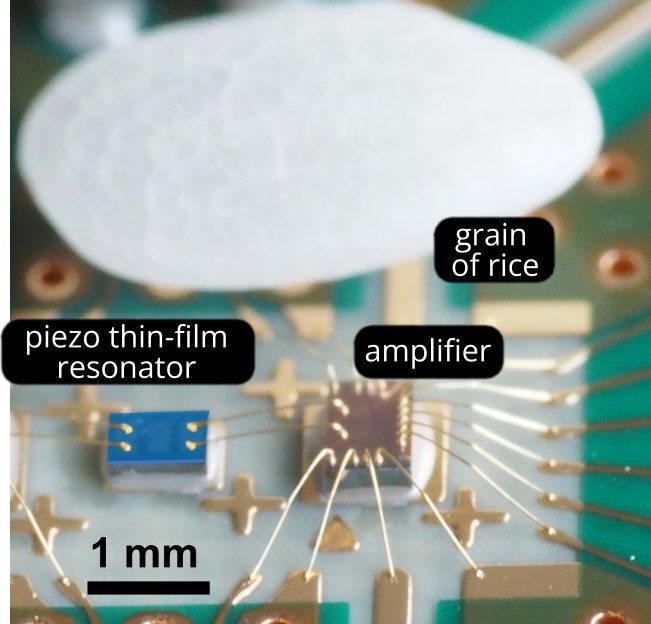Cluster Clock Infrastructure
Miniaturization of atomic clocks is progressing rapidly, and it is expected that they will be small enough to fit into a smartphone in the not too far future.

When accurate clocks are bulky, heavy, and only a small number of them are available, then the simplest method is to match the time of a local terminal to a remote reference clock. The current time supply is arranged in such a centralized system, where the terminals depend on the tick of a single reference clock that is shared by the entire network. While this system is easy to manage, it is also vulnerable to failures in the reference clock or the transmission path of the time information. For instance, the widely used method of time synchronization by Global Navigational Satellite Systems is not only sensitive to disruption by solar flares, but also to malicious attacks spoofing and spamming.
We are investigating how this is going to change when atomic clocks become accessible enough to be widely used. The Japan Standard Time system already uses multiple independent atomic clocks for both performance and robustness. In this system, the output of 18 commercial atomic clocks is aggregated to synthesize a highly accurate time signal with high tolerance to defects. With a view towards a widespread use of small atomic clocks, we are conducting research and development towards a decentralized time synchronization system for Beyond 5G communications technologies that is similarly accurate and reliable.
The power of numbers
We call this a cluster clock system, as multiple atomic clocks keep time collectively. In a demonstration experiment, we showed a network of three matchbox-sized atomic clocks that improved the stability by a factor of 1.6 compared to a single clock. We expect to achieve even higher accuracy and reliability by using more atomic clocks and by developing more sophisticated algorithms for their aggregation.
The future of distributed time synchronization with an extended cluster of clocks can already be seen in the Smart Grid, which aims to efficiently combine distributed power sources such as solar and wind power through information technology to create a stable supply of electricity. Such a decentralized power grid can continue to function even if individual power plants become unavailable in events such as a natural disaster.
In time synchronization, the shift from central to distributed atomic clocks is a similarly natural progression as atomic clocks become more widely accessible. But where energy has a market price and can be converted into money, it is not yet clear whether time and frequency information can also be converted into value. Without this, there will be no suppliers of atomic clock time information and no operators to maintain a distributed synchronization system, so that it will be impossible to establish a sustainable infrastructure. However, the development of Intelligent Transport Systems (ITS) and Cyber-Physical Systems (CPS), alongside improved safety and reliability, also requires precision timing. In addition, the impact of COVID-19 has led to increased demand for trust services such as electronic signatures and time stamping, which all require highly reliable time information.
Sustainable goals
Time and frequency information is the fundamental information that supports the data society. We strive to increase the number of stakeholders in our research activities to fulfill the requirements of the high-quality, highly reliable, and sustainable infrastructure envisioned in the Sustainable Development Goals.
References
1)
Y. Yano and M. Hara,
小型原子時計を活用した分散時刻同期とそのビジョン (Distributed time synchronization using a small atomic clock and its vision),
NICT News 494(4), 8 (2022)
(2022)

